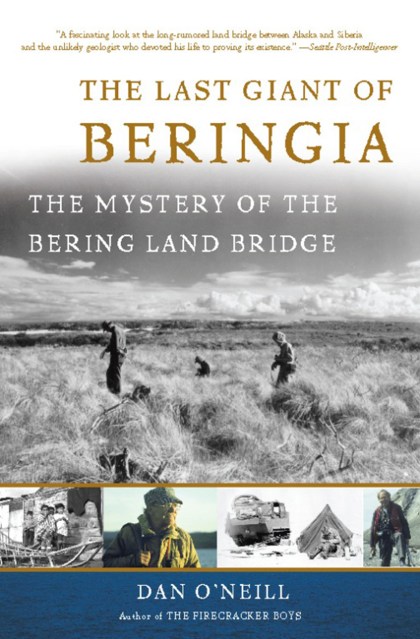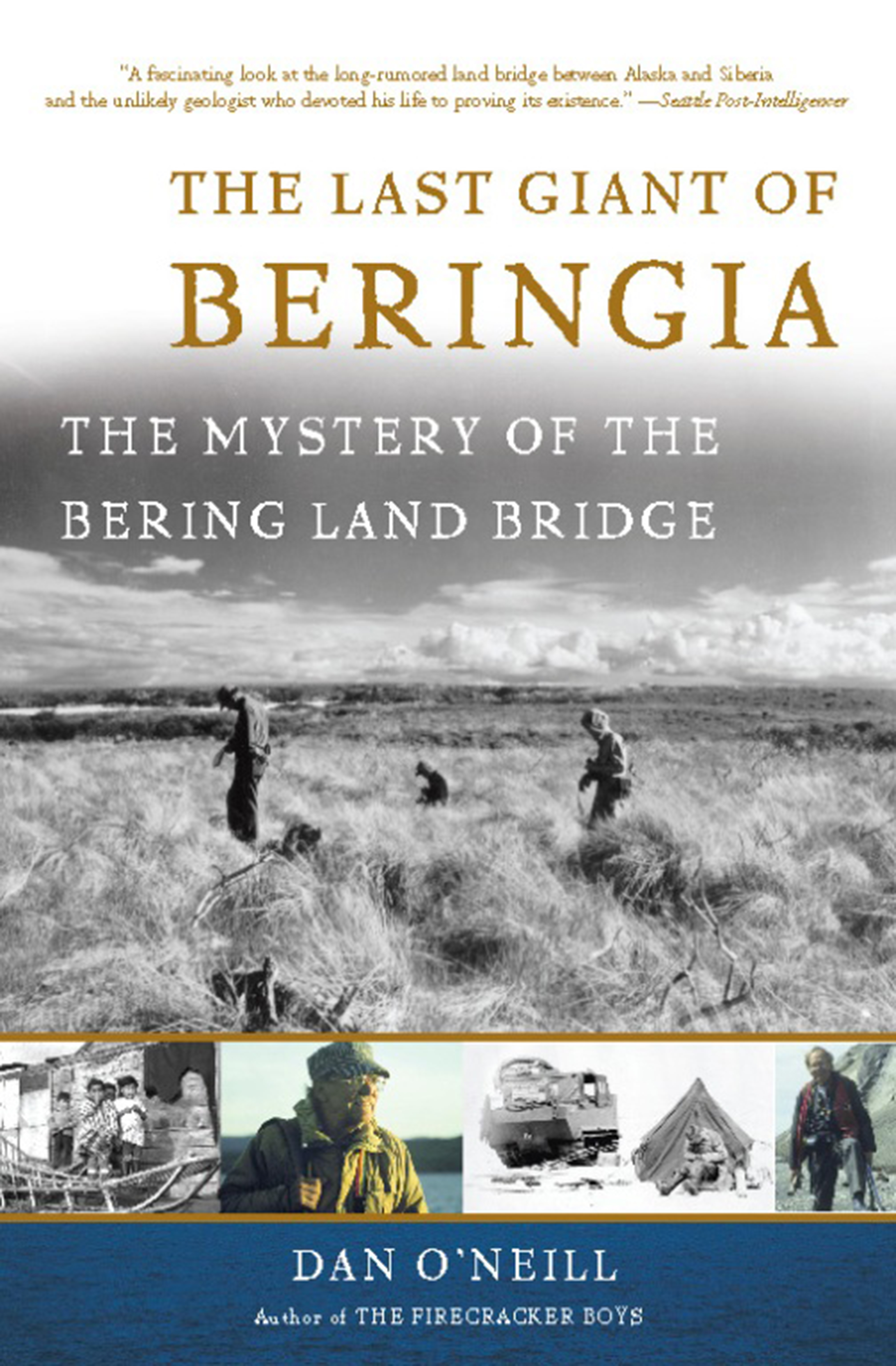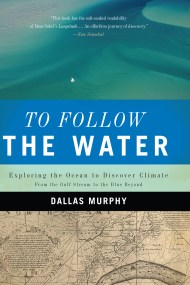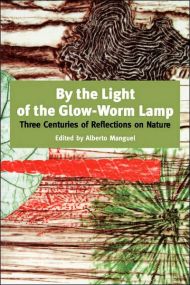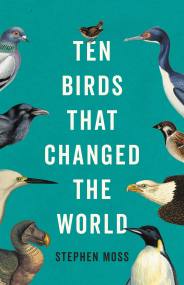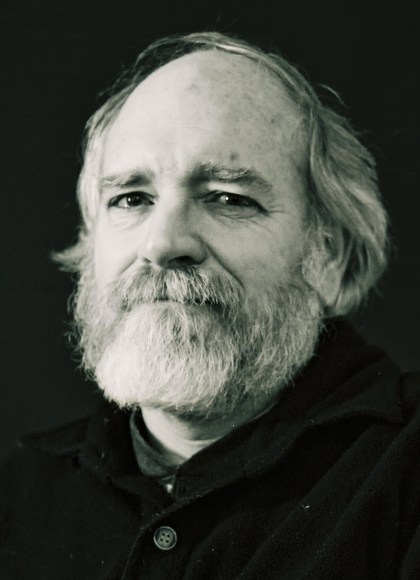The Last Giant of Beringia
The Mystery of the Bering Land Bridge
Contributors
By Dan O’Neill
Formats and Prices
Price
$8.99Price
$11.99 CADFormat
Format:
- ebook $8.99 $11.99 CAD
- Trade Paperback $19.99 $25.99 CAD
This item is a preorder. Your payment method will be charged immediately, and the product is expected to ship on or around April 29, 2009. This date is subject to change due to shipping delays beyond our control.
Also available from:
Genre:
- On Sale
- Apr 29, 2009
- Page Count
- 240 pages
- Publisher
- Basic Books
- ISBN-13
- 9780786738175
Newsletter Signup
By clicking ‘Sign Up,’ I acknowledge that I have read and agree to Hachette Book Group’s Privacy Policy and Terms of Use
